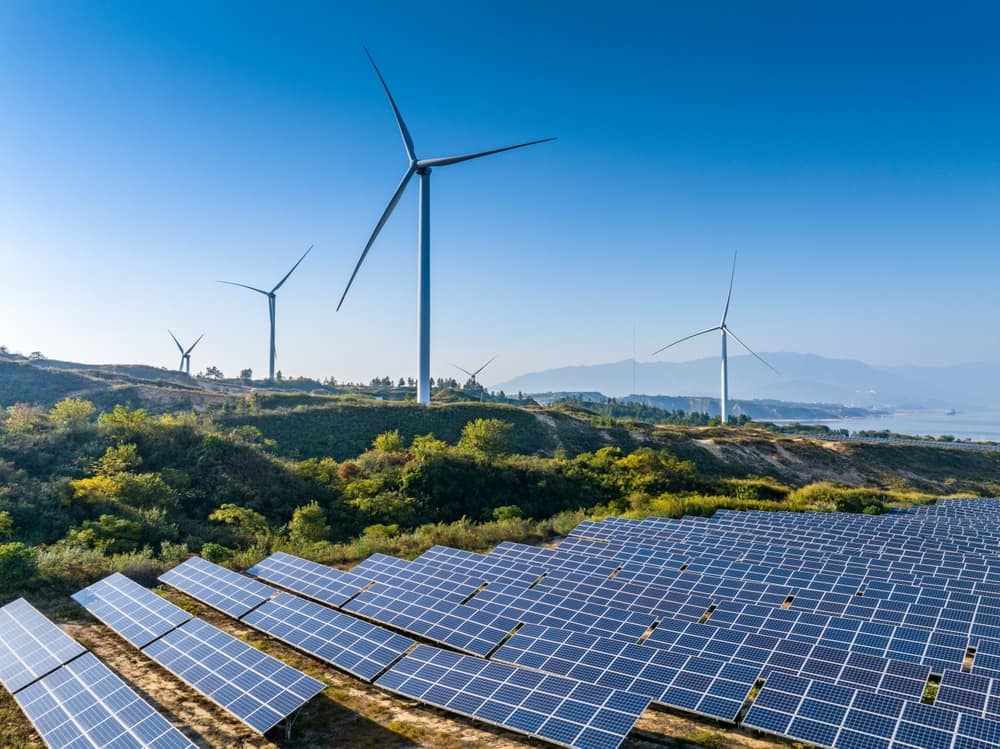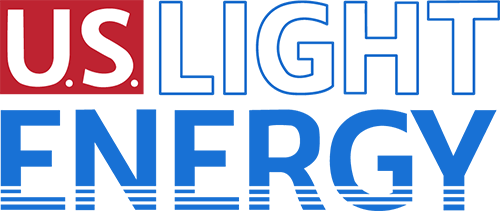
The shift to renewable energy is no longer a question of “if” but “how.” As more individuals, businesses, and communities commit to sustainability, two powerhouses emerge as frontrunners: solar farms and wind farms. Both harness nature’s elements to produce clean, renewable energy, but they do so in different ways. Each option has unique advantages depending on location, energy needs, and long-term sustainability goals. In this article, we’ll explore the key differences between solar and wind farms, guiding you toward a solution that makes sense for your lifestyle, community, and budget.
What is a Solar Farm?
A solar farm, also known as a photovoltaic (PV) farm or solar power plant, is a large-scale installation of solar panels designed to convert sunlight into electricity. Solar farms range in size from smaller community-based arrays to massive utility-scale operations capable of powering thousands of homes. These solar panels, typically mounted in an open field, capture sunlight and convert it into direct current (DC) electricity, which is then converted to alternating current (AC) for use in the power grid.
There are generally two types of solar farms: utility-scale and community solar farms. Community solar farms are especially appealing to individuals who cannot install solar panels on their homes due to location or cost. Instead, they can subscribe to a shared solar array—like those developed by U.S. Light Energy—and receive credits on their electric bills, all while supporting renewable energy. This makes solar power accessible to a much broader audience without the hassle of installation or high upfront costs.
What is a Wind Farm?
A wind farm consists of multiple wind turbines that capture the wind’s kinetic energy and convert it into electricity. These farms are usually located in areas with consistent, strong winds, such as plains, coastal regions, and offshore. Each turbine’s blades turn when hit by wind, spinning a rotor connected to a generator that produces electricity. Wind farms are typically larger than solar farms in terms of land use, as turbines must be spaced far apart to avoid interference from one another.
There are two main types of wind farms: onshore and offshore. Onshore wind farms are built on land, while offshore wind farms are placed in bodies of water where wind speeds tend to be higher and more consistent. Like solar farms, wind farms contribute significant amounts of renewable energy to the grid, but their reliance on constant, strong wind makes them more location-dependent.
Pros & Cons of Solar Farms
Abundant and Accessible Energy Source
Solar energy is virtually limitless. As long as the sun shines, solar panels can generate electricity. Solar farms are especially effective in sunny regions, making them viable across most of the U.S., from urban settings to remote locations.
Lower Environmental Impact
Compared to wind farms, solar farms have a lower impact on the local ecosystem. They don’t disturb local wildlife as much and are relatively quiet, making them suitable for community installations.
Community Solar Projects
One major advantage of solar farms is the rise of community solar projects. Whether you’re a homeowner, renter, or business, community solar farms make it easy for anyone to participate in clean, renewable solar energy. All you need is a utility account to access a community solar project; there’s no need to install solar equipment or take on maintenance.
Consistent Energy Production
Solar farms are relatively predictable in terms of energy output. While weather can affect their efficiency, modern solar panels can still generate electricity even on cloudy days, ensuring a more consistent flow of energy than wind farms.
Lower Maintenance Costs
Once installed, solar panels require minimal maintenance. With no moving parts, the risk of mechanical failure is lower than that of wind turbines, which translates to lower long-term costs.
Large Space Requirements
Solar farms require vast amounts of land for large-scale operations. While rooftops and smaller arrays can mitigate this, large solar farms often require at least ten acres of dedicated land space, which can limit their placement in densely populated areas.
Weather and Location Dependent
Although solar farms can generate electricity even on cloudy days, they are most effective in areas with abundant sunlight. Regions with less sunlight may find that solar farms produce less energy.
Pros & Cons of Wind Farms
High Energy Efficiency
Wind turbines can produce a substantial amount of electricity when placed in optimal conditions, such as coastal or elevated areas with strong, consistent winds.
Sustainable and Renewable
Wind power is a sustainable energy source that doesn’t deplete natural resources. Wind farms generate electricity without fuel or water, making them a reliable form of renewable energy.
Lower Greenhouse Gas Emissions
Like solar, wind farms produce virtually no greenhouse gas emissions once operational, contributing to the fight against climate change.
Visual and Noise Pollution
Wind turbines are large, often towering over 300 feet, which can be seen as a blight on the landscape for nearby communities. Also, turbines can generate noise, especially in residential areas, making them less suitable for close-proximity installations.
Threat to Wildlife
Birds and bats are particularly vulnerable to wind turbines, and there are instances of these animals being killed by the turbine blades. This can pose a significant environmental concern, particularly in areas with endangered species.
Inconsistent Energy Generation
Wind is inherently unpredictable. Unlike solar power, which can generate power whenever the sun shines, wind farms only produce electricity when the wind blows. This can result in inconsistent energy production, requiring backup systems to ensure reliability.
Higher Maintenance Costs
Wind turbines have moving parts, meaning more frequent maintenance and a higher likelihood of mechanical failures than solar panels; it can increase long-term costs and downtime.
Limited Accessibility
Developing turbines near densely populated areas can be a challenge. Wind farm developers need to extend transmission lines over greater distances to bring the generated energy from remote areas to customers.
Choosing Between a Wind Farm vs Solar Farm
When deciding between wind and solar farms, it ultimately comes down to location, energy needs, and accessibility. Solar farms provide a more accessible and predictable form of renewable energy. Unlike wind farms, which require specific geographic conditions, solar farms can be installed nearly anywhere, and through community solar, you can participate without installing panels on your home or property.
Explore Community Solar with U.S. Light Energy
Community solar is on the rise. U.S. Light Energy (USLE) is a New York-based renewable energy development company specializing in community solar. We’re continuously developing new projects to help more communities participate in clean, renewable energy. With U.S. Light Energy, there are no long-term contracts or subscription fees. Our pay-as-you-go model allows you to access a community solar project in your area easily. Apply for community solar today and start saving a guaranteed 10% on your energy bill credits. U.S. Light Energy is leading the charge for a new generation.
